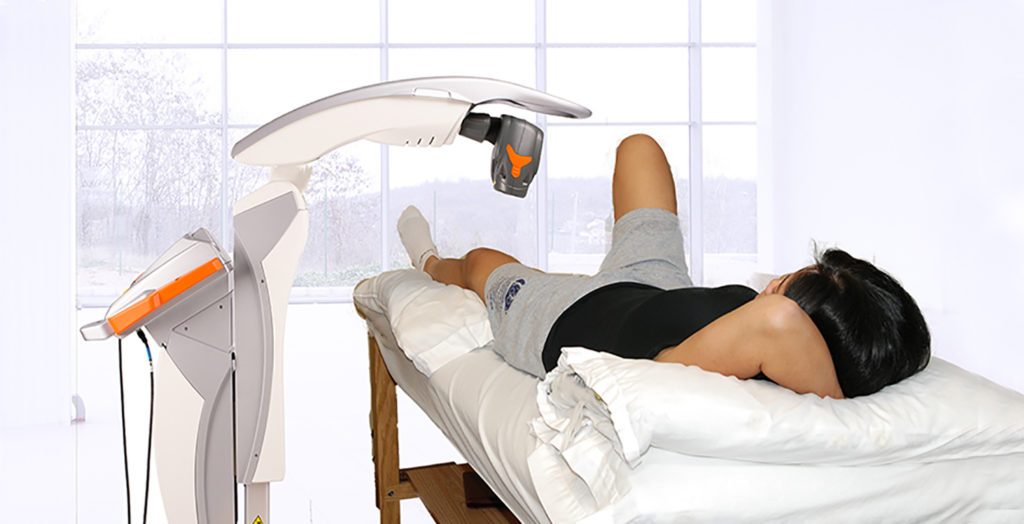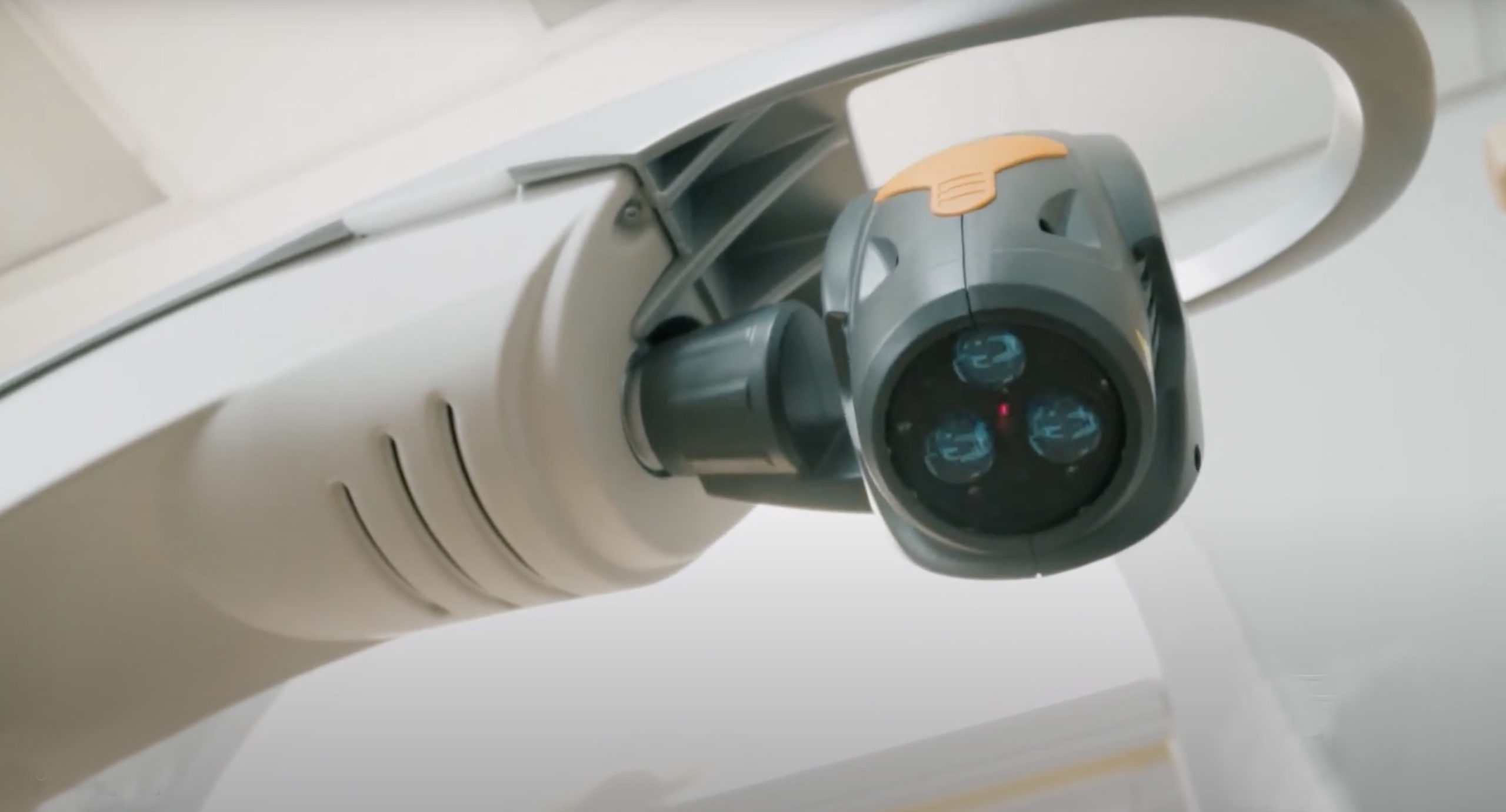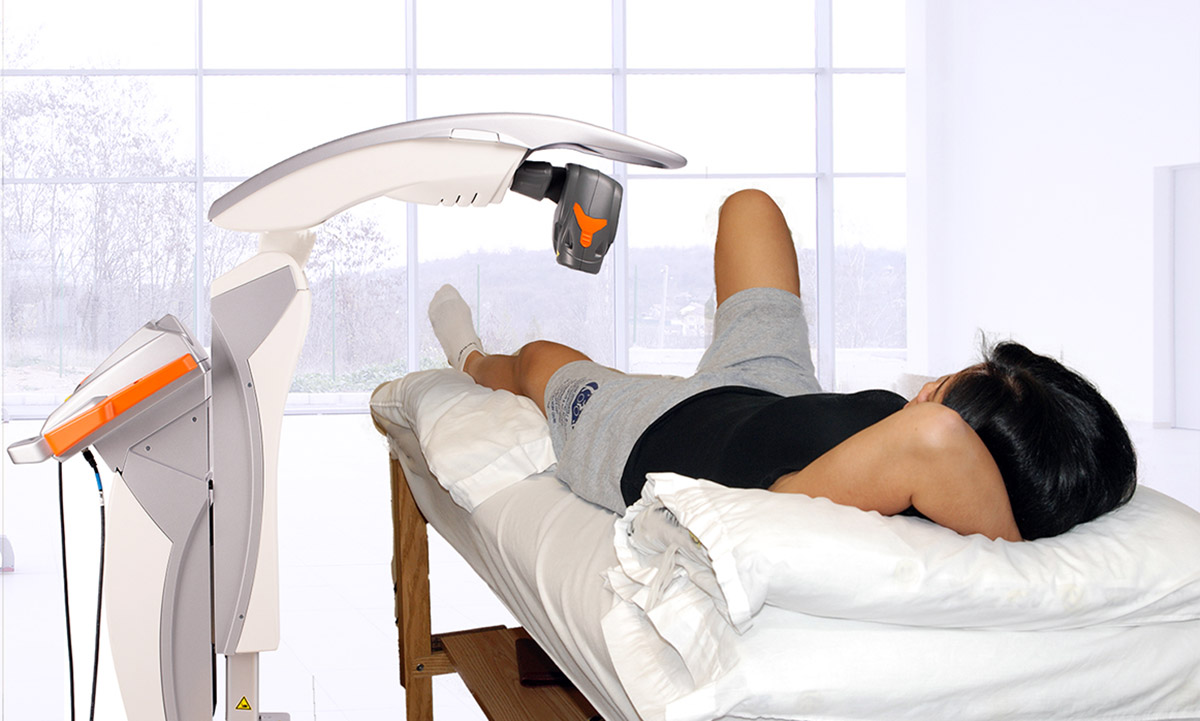Laser therapy has been around for years and has successfully been used in a number of medical applications, but it has only recently started being used to treat osteoarthritis joint pain and inflammation.
The results have been extremely promising because laser therapy has been found to be quite adept at stimulating the growth of new, healthy cells, and causing a tremendous influx of new oxygen and other nutrients to the affected area.
Since this kind of laser therapy does not burn or cut in any way, it’s called cold laser therapy, and it is 100 percent non-invasive. When you compare it to treatment with opioids, it is a clear winner since it’s non-addictive, and instead of merely masking pain for a time, it brings about healing.
How it works
There are a series of biochemical reactions that get triggered inside cells when the light from the laser penetrates them. Some of these reactions cause increased blood circulation in the area, while others stimulate healing mechanisms. The net result of all this is that inflammation subsides, followed by an increased range of motion and considerably less stiffness. A number of studies have been conducted on the effectiveness of laser therapy, and these studies routinely show that 70 percent or more of patients who underwent laser therapy experienced noticeably less pain afterward.
Benefits of laser therapy
The first big benefit of low-level laser therapy (LLLT) is that it is much more than a temporary solution. Unlike medications and opioids, it does not merely mask your symptoms for a while, and then let all that pain come flooding back once the medicine wears off. Laser therapy promotes healing, so your bones and joints can begin to recover from whatever damage has occurred. It is much closer to being a cure than any other medical approach available, short of surgery.
That leads to the next benefit of laser therapy, which is that it’s non-invasive. Laser therapy involves no cutting, burning, or removal of body tissue or bone. The wavelength of light used will penetrate the outer layer of skin and go right to the affected area to begin the healing process. A session of laser therapy routinely takes less than half an hour, and there are no after-effects.
And speaking of side effects – there just aren’t any with laser therapy. Thousands of patients have undergone laser therapy for joint pain, and they have nothing to report in the way of side effects afterward. Contrast this with the side effects of taking opioids for joint pain, and you’ll see what a blessing it can be to have a procedure that carries no unwanted effects with it.
By any yardstick you use to measure the effectiveness of laser therapy, it comes out a clear winner over other alternatives.
OrthoLazer Orthopedic Laser Centers offer patients and their doctors an innovative and effective alternative pain management option to treat acute and chronic orthopedic conditions. Founded by Dr. Scott Sigman – the original opioid-sparing surgeon – our centers further his mission of providing his patients non-operative and non-opioid treatment options. If you’d like more information about OrthoLazer, please visit our website at ortholazer.com.





